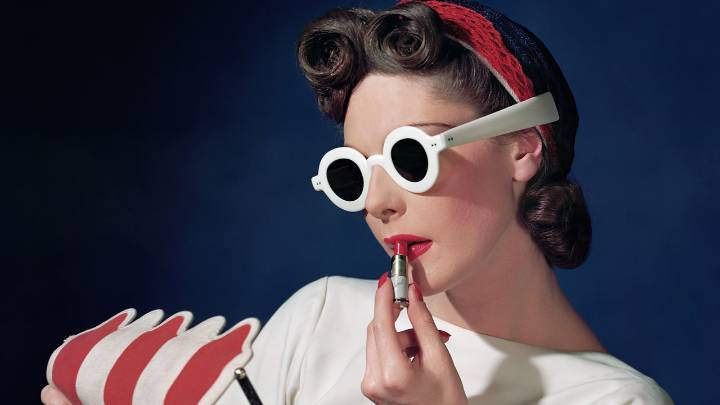In 1938, with a war brewing in Europe, French artist Marcel Duchamp began gathering materials for his Box-in-a-Suitcase. He planned 20 deluxe editions of this modest-size case, whose contents would reveal 69 reproductions of his most significant artworks—a miniature museum retrospective. Pretending to be a cheese merchant, he smuggled these materials through occupied France, shipping them at last across the Atlantic to be assembled under the free skies of New York.
Duchamp may have been inspired by those toiletry kits called nécessaires de voyage that had existed in France since medieval times. (Vintage cases by Hermès from the 1940s are still available online—sober, executive-style briefcases concealing all the elements of a sophisticated masculine grooming ritual.) The form had earlier

 Vogue Beauty
Vogue Beauty

 NBC Southern California
NBC Southern California Vogue Shopping
Vogue Shopping New York Post Opinion
New York Post Opinion HealthDay
HealthDay